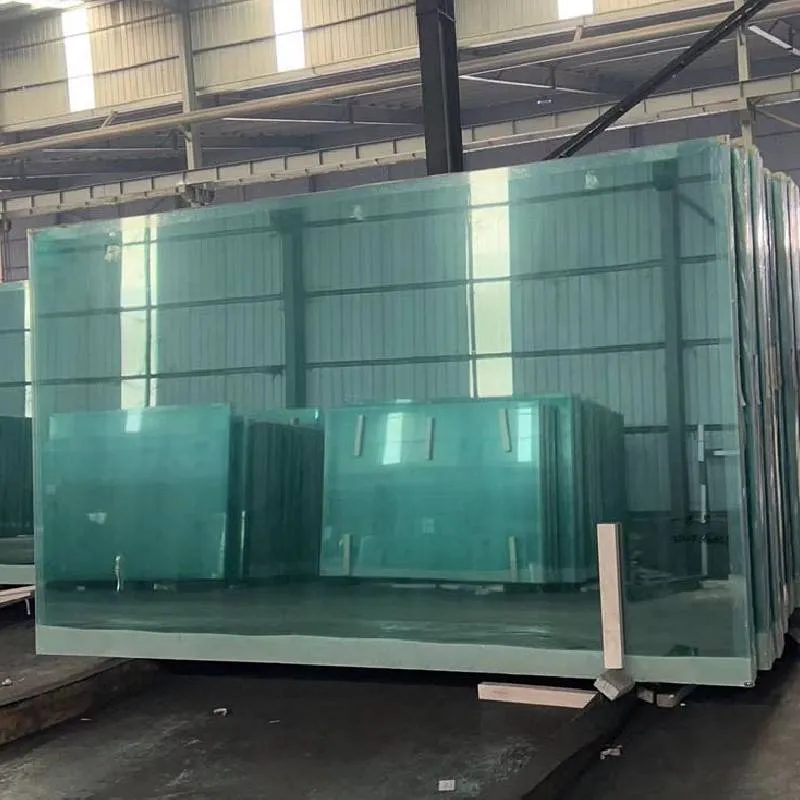The Allure of Black Reflective Glass A Modern Aesthetic
In the world of contemporary architecture and design, materials play a pivotal role in shaping environments and experiences. One such material that has garnered considerable attention is black reflective glass. This striking medium is not only mesmerizing but also offers a multifaceted application in both residential and commercial spaces. From its enticing visual appeal to its functional benefits, black reflective glass stands as a testament to the fusion of beauty and utility in modern design.
Aesthetic Appeal
Black reflective glass is renowned for its captivating appearance. The glossy surface reflects the surroundings while simultaneously providing the sleek depth of the black color. This dual nature allows it to blend seamlessly with various architectural styles, from the ultra-modern to the more traditional. In urban settings, buildings adorned with this glass can create a dramatic silhouette against the skyline. They seem to dance with the changing hues of the sky, capturing sunlight during the day and sparkling against city lights at night.
Moreover, the reflective properties of the glass can bring an element of intrigue; it creates an illusion of expanded space, making them feel more open and airy. Designers often use it strategically to create focal points within a space or to reflect other design elements, enhancing a room's overall aesthetic. In homes, black reflective glass can be incorporated into windows, doors, or even interior walls, allowing for a luxurious yet contemporary feel.
Functional Benefits
Beyond its beauty, black reflective glass offers several practical advantages. One of the primary benefits is its ability to reduce heat gain in buildings. Due to its reflective nature, it can minimize the amount of solar heat that enters a structure, thereby improving energy efficiency. This characteristic is especially valuable in warmer climates where air conditioning costs can become exorbitant. By using black reflective glass in window installations, property owners not only save on energy bills but also create a more comfortable indoor environment.
black reflective glass
Additionally, this type of glass enhances privacy without sacrificing natural light. Its reflective surface means that, from a distance, it is challenging to see inside, while allowing ample light to permeate the space during the day. This quality makes it an excellent option for office buildings, where maintaining a sense of openness is key, yet occupants value their privacy.
Environmental Considerations
In today's environmentally conscious society, the selection of materials is crucial in reducing a building's carbon footprint. Black reflective glass can contribute positively to sustainability efforts. Its ability to regulate heat means less reliance on heating and cooling systems, thus lowering energy consumption. Furthermore, advancements in glass technology have led to the creation of products that incorporate recycled materials and are fully recyclable themselves, supporting a circular economy.
Challenges and Limitations
While black reflective glass offers many benefits, it is not without challenges. One of the primary concerns is its maintenance. The glossy surface, while beautiful, can show fingerprints and smudges more readily than other materials, necessitating regular cleaning to maintain its allure. Additionally, in some contexts, it may reflect too much light, leading to glare issues, particularly in residential areas where surrounding buildings may not utilize similar materials.
Conclusion
In summary, black reflective glass embodies a unique blend of aesthetic charm and practical advantages, making it a favored choice in modern design. Its ability to reflect surroundings offers endless design possibilities, while its functional benefits contribute to energy efficiency and enhanced privacy. As sustainability becomes increasingly paramount in architectural decisions, materials like black reflective glass will likely continue to play a critical role in shaping our built environment. Thus, this remarkable material not only stands out visually but also underscores the importance of thoughtful design in our approach to creating spaces that are both beautiful and efficient. As architects and designers explore innovative uses for reflective glass, its future in architecture looks undeniably bright.
 Afrikaans
Afrikaans  Albanian
Albanian  Amharic
Amharic  Arabic
Arabic  Armenian
Armenian  Azerbaijani
Azerbaijani  Basque
Basque  Belarusian
Belarusian  Bengali
Bengali  Bosnian
Bosnian  Bulgarian
Bulgarian  Catalan
Catalan  Cebuano
Cebuano  Corsican
Corsican  Croatian
Croatian  Czech
Czech  Danish
Danish  Dutch
Dutch  English
English  Esperanto
Esperanto  Estonian
Estonian  Finnish
Finnish  French
French  Frisian
Frisian  Galician
Galician  Georgian
Georgian  German
German  Greek
Greek  Gujarati
Gujarati  Haitian Creole
Haitian Creole  hausa
hausa  hawaiian
hawaiian  Hebrew
Hebrew  Hindi
Hindi  Miao
Miao  Hungarian
Hungarian  Icelandic
Icelandic  igbo
igbo  Indonesian
Indonesian  irish
irish  Italian
Italian  Japanese
Japanese  Javanese
Javanese  Kannada
Kannada  kazakh
kazakh  Khmer
Khmer  Rwandese
Rwandese  Korean
Korean  Kurdish
Kurdish  Kyrgyz
Kyrgyz  Lao
Lao  Latin
Latin  Latvian
Latvian  Lithuanian
Lithuanian  Luxembourgish
Luxembourgish  Macedonian
Macedonian  Malgashi
Malgashi  Malay
Malay  Malayalam
Malayalam  Maltese
Maltese  Maori
Maori  Marathi
Marathi  Mongolian
Mongolian  Myanmar
Myanmar  Nepali
Nepali  Norwegian
Norwegian  Norwegian
Norwegian  Occitan
Occitan  Pashto
Pashto  Persian
Persian  Polish
Polish  Portuguese
Portuguese  Punjabi
Punjabi  Romanian
Romanian  Russian
Russian  Samoan
Samoan  Scottish Gaelic
Scottish Gaelic  Serbian
Serbian  Sesotho
Sesotho  Shona
Shona  Sindhi
Sindhi  Sinhala
Sinhala  Slovak
Slovak  Slovenian
Slovenian  Somali
Somali  Spanish
Spanish  Sundanese
Sundanese  Swahili
Swahili  Swedish
Swedish  Tagalog
Tagalog  Tajik
Tajik  Tamil
Tamil  Tatar
Tatar  Telugu
Telugu  Thai
Thai  Turkish
Turkish  Turkmen
Turkmen  Ukrainian
Ukrainian  Urdu
Urdu  Uighur
Uighur  Uzbek
Uzbek  Vietnamese
Vietnamese  Welsh
Welsh  Bantu
Bantu  Yiddish
Yiddish  Yoruba
Yoruba  Zulu
Zulu 

